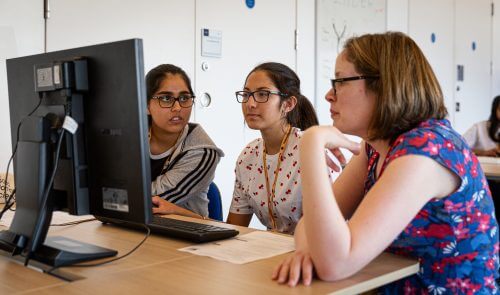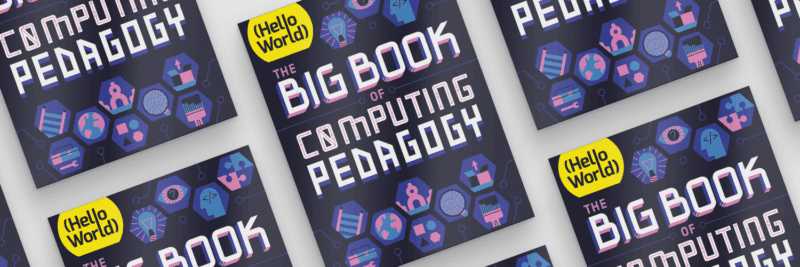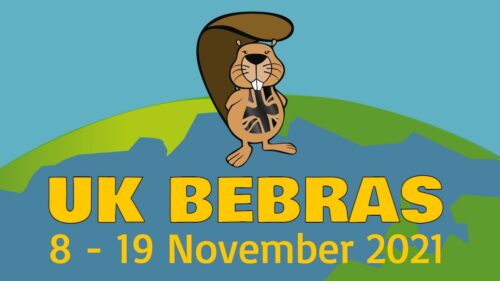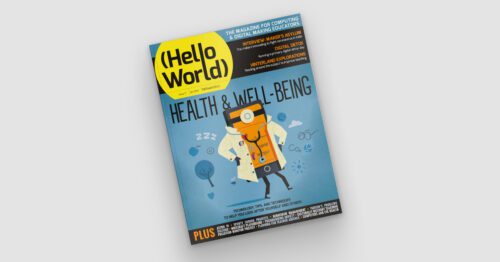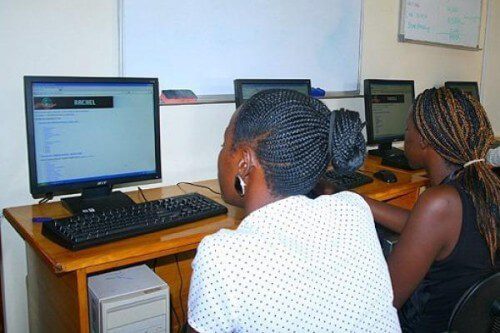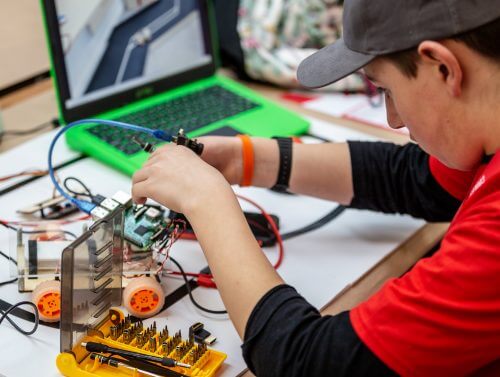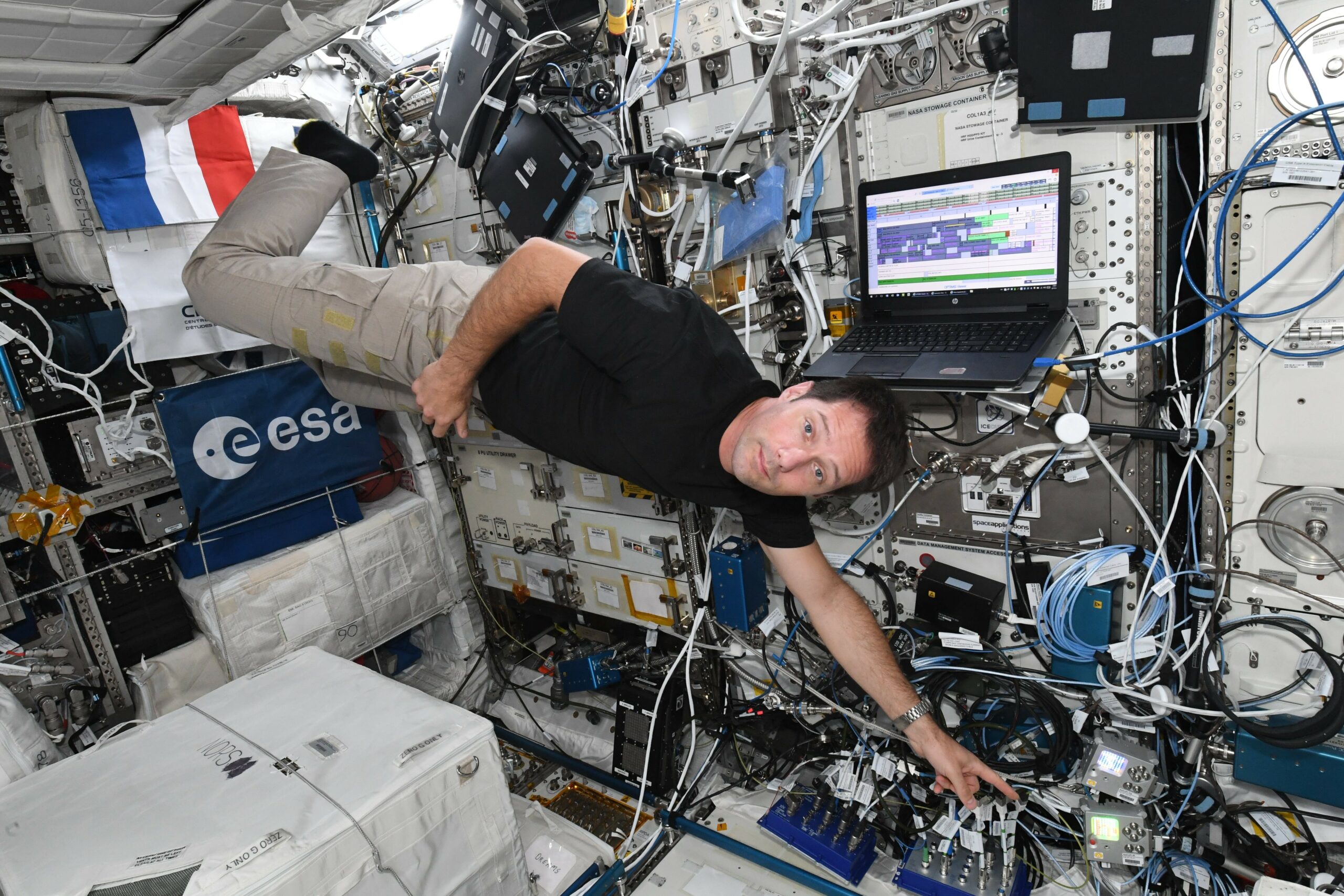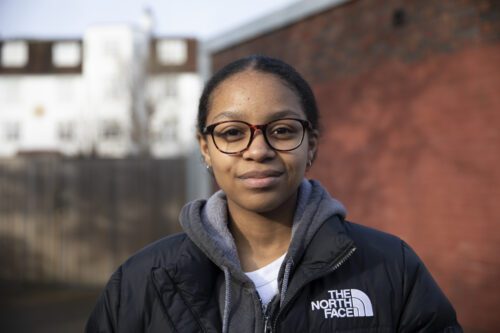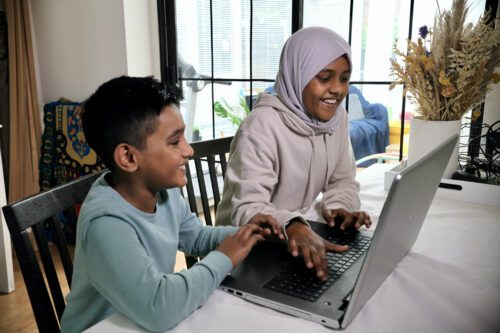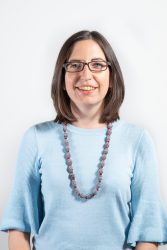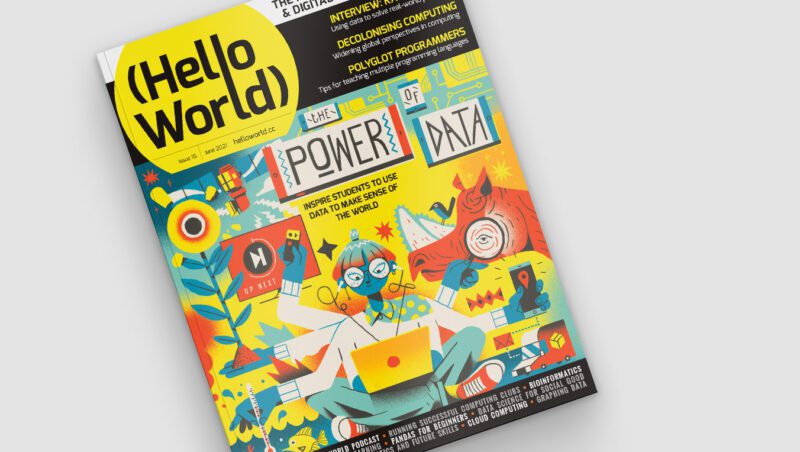Schlagwort: education
-

Computer science education is a global challenge
Reading Time: 7 minutesFor the last two years, I’ve been one of the advisors to the Center for Universal Education at the Brookings Institution, a US-based think tank, on their project to survey formal computing education systems across the world. The resulting education policy report, Building skills for life: How to expand and improve computer…
-

Engaging Black students in computing at UK schools — interview with Joe Arday
Reading Time: 7 minutesOn the occasion of Black History Month UK, we speak to Joe Arday, Computer Science teacher at Woodbridge High School in Essex, UK, about his experiences in computing education, his thoughts about underrepresentation of Black students in the subject, and his ideas about what needs to be done to engage more Black…
-

Hello World’s first-ever special edition is here!
Reading Time: 4 minutesHello World, our free magazine for computing and digital making educators, has just published its very first special edition: The Big Book of Computing Pedagogy! “When I started to peruse the draft for The Big Book of Computing Pedagogy, I was simply stunned.” Monica McGill, founder & CEO of CSEDResearch.org This special…
-

Take part in the UK Bebras Challenge 2021 for schools!
Reading Time: 3 minutesThe annual UK Bebras Computational Thinking Challenge is back to provide fun, brain-teasing puzzles for schools from 8 to 19 November! In the free Bebras Challenge, your students get to practise their computational thinking skills while solving a set of accessible, puzzling, and engaging tasks over 40 minutes. It’s tailored for age…
-

Learn the fundamentals of AI and machine learning with our free online course
Reading Time: 5 minutesJoin our free online course Introduction to Machine Learning and AI to discover the fundamentals of machine learning and learn to train your own machine learning models using free online tools. Although artificial intelligence (AI) was once the province of science fiction, these days you’re very likely to hear the term in…
-

Learn the fundamentals of AI and machine learning with our free online course
Reading Time: 5 minutesJoin our free online course Introduction to Machine Learning and AI to discover the fundamentals of machine learning and learn to train your own machine learning models using free online tools. Although artificial intelligence (AI) was once the province of science fiction, these days you’re very likely to hear the term in…
-

Inspiring learners about computing through health and well-being projects | Hello World #17
Reading Time: 5 minutesYour brand-new issue of the free Hello World magazine for computing educators focuses on all things health and well-being, featuring useful tools for educators, great ideas for schools, and inspiring projects, ideas, and resources from teachers around the world! One such project was created by the students of James Abela, Head of…
-

Engaging Black students in computing at school — interview with Lynda Chinaka
Reading Time: 10 minutesOn the occasion of Black History Month UK, we speak to Lynda Chinaka, Senior Lecturer in Computing in Education at the University of Roehampton, about her experiences in computing education, her thoughts about underrepresentation of Black students in the subject, and her ideas about what needs to be done to engage more…
-

Perspectives on supporting young people in low-income areas to access and engage with computing
Reading Time: 7 minutesThe Raspberry Pi Foundation’s mission is to make computing and digital making accessible to all. To support young people at risk of educational disadvantage because they don’t have access to computing devices outside of school, we’ve set up the Learn at Home campaign. But access is only one part of the story.…
-

The First Arduino Education Inspiration Lab
Reading Time: 2 minutesArduino Team — September 24th, 2021 Arduino Education is delighted to announce its very first Inspiration Lab, in partnership with Technobel in Belgium. What is an Arduino Education Inspiration Lab? Inspiration Labs are an exciting new concept designed for students and educators to get hands-on experience. with the joy of making new…
-

Keeping things creative: Real-world learning from a remote perspective
Reading Time: 2 minutesKeeping things creative: Real-world learning from a remote perspective Arduino Team — September 22nd, 2021 Teaching students complex concepts from a remote distance is something that many educators have had to get to grips with over the last 18 months. Especially where engineering is concerned. Keeping things hands-on and with a strong…
-

New free resources for young people to become independent digital makers
Reading Time: 5 minutesOur mission at the Raspberry Pi Foundation is to help learners get creative with technology and develop the skills and confidence they need to make things that matter to them using code and physical computing. One of the ways in which we do this is by offering learners a catalogue of more…
-

Sharing Arduino Education courses is easier than ever
Reading Time: 4 minutesOver the past few years, Arduino Education has expanded, offering new learning solutions to teachers and students around the world. Today, we have more than 10 kits with exciting online courses for STEM teachers and learners ranging from middle school to university. When creating these products, we were delighted to collaborate with…
-

Delivering a culturally relevant computing curriculum: new guide for teachers
Reading Time: 7 minutesIn computing education, designing equitable and authentic learning experiences requires a conscious effort to take into account the characteristics of all learners and their social environments. Doing this allows teachers to address topics that are relevant to a diverse range of learners. To support computing and computer science teachers with this work,…
-

The Explore IoT Kit gets a mini-makeover
Reading Time: 2 minutesArduino Team — August 3rd, 2021 A year after the Arduino Education Explore IoT Kit launched globally, we’ve been improving the content of the kit and have made a few tweaks and upgrades! Since launch, we’ve been working with educators around the world on how we can make the kit even better…
-

Amazing science from the winners of Astro Pi Mission Space Lab 2020/21
Reading Time: 6 minutesThe Raspberry Pi Foundation and ESA Education are excited to announce the winners and highly commended Mission Space Lab teams of the 2020/21 European Astro Pi Challenge! ESA Astronaut Thomas Pesquet floating aboard the International Space Station with the two Astro Pi computers In Mission Space Lab, teams of young people aged…
-

The digital divide: interactions between socioeconomic disadvantage and computing education
Reading Time: 6 minutesDigital technology is developing at pace, impacting us all. Most of us use screens and all kinds of computers much more than we did five years ago. The total number of apps downloaded globally each quarter has doubled since 2015, reflecting both increased smartphone penetration and the increasingly prominent role of apps…
-

How do you use data to solve a real-world problem? | Hello World #16
Reading Time: 6 minutesIn our brand-new issue of Hello World magazine, editor Gemma Coleman speaks to Kate Farrell from Data Education in Schools to discuss the importance of teaching data to help students navigate the world. The big theme of issue 16 of Hello World is data science and data literacy, and on how to…
-

Sync Google Drive with Arduino Science Journal projects
Reading Time: 2 minutesNote: Google Drive is available to all users over the age of 14. This is so we adhere to the COPPA compliance requirements for students under 14-years-old. Students and teachers can now sync Google Drive with their Arduino Science Journal experiments. This means you can access experiments from any device using your…
